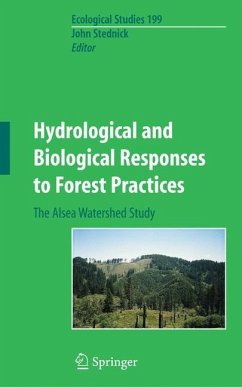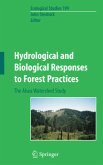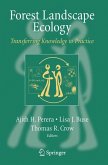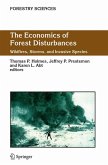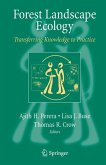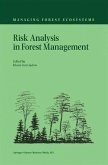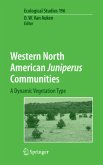The Alsea Logging and Aquatic Resources Study, commissioned by the Oregon Legislature in 1959, marked the beginning of four decades of research in the Pacific Northwest devoted to understanding the impacts of forest practices on water quality, water quantity, aquatic habitat, and aquatic organism popu- tions. While earlier watershed research examined changes in runoff and erosion from various land uses, this study was the first watershed experiment to focus so heavily on aquatic habitat and organism response to forest practices. The Alsea Watershed Study, as it came to be known, extended over 15 years with seven years of pretreatment calibration measurements, a year of treatment, and seven years of post-treatment monitoring. The research was a cooperative effort with scientists from Oregon State University, Oregon Department of Fish and Wildlife, the U.S. Geological Survey, and the U.S. Environmental Protection Agency. Cooperating landowners included the Georgia-Pacific Corporation, the U.S. Forest Service, and a local rancher. It was a remarkable 15-year partnership marked by excellent cooperation among the participants and outstanding coordination among the scientists, many of whom participated actively for the entire period.
From the reviews:
"This work, volume 199 in the 'Ecological Studies' series, includes 15 years of research, 20 years of monitoring data, and a research renewal focusing on the Alsea watershed habitat and organism responses to four decades of forest practices. ... Chapters contain graphs, figures, and tables to emphasize and illustrate important concepts. Suitable for soil scientists, biologists (wildlife, fishery), limnologists, foresters, hydrologists, conservationists, and professionals involved with forestland use policy and problems. Summing Up: Recommended. Upper-division undergraduate through professional collections." (S. G. Shetron, CHOICE, Vol. 45 (11), 2008)
"This work, volume 199 in the 'Ecological Studies' series, includes 15 years of research, 20 years of monitoring data, and a research renewal focusing on the Alsea watershed habitat and organism responses to four decades of forest practices. ... Chapters contain graphs, figures, and tables to emphasize and illustrate important concepts. Suitable for soil scientists, biologists (wildlife, fishery), limnologists, foresters, hydrologists, conservationists, and professionals involved with forestland use policy and problems. Summing Up: Recommended. Upper-division undergraduate through professional collections." (S. G. Shetron, CHOICE, Vol. 45 (11), 2008)

